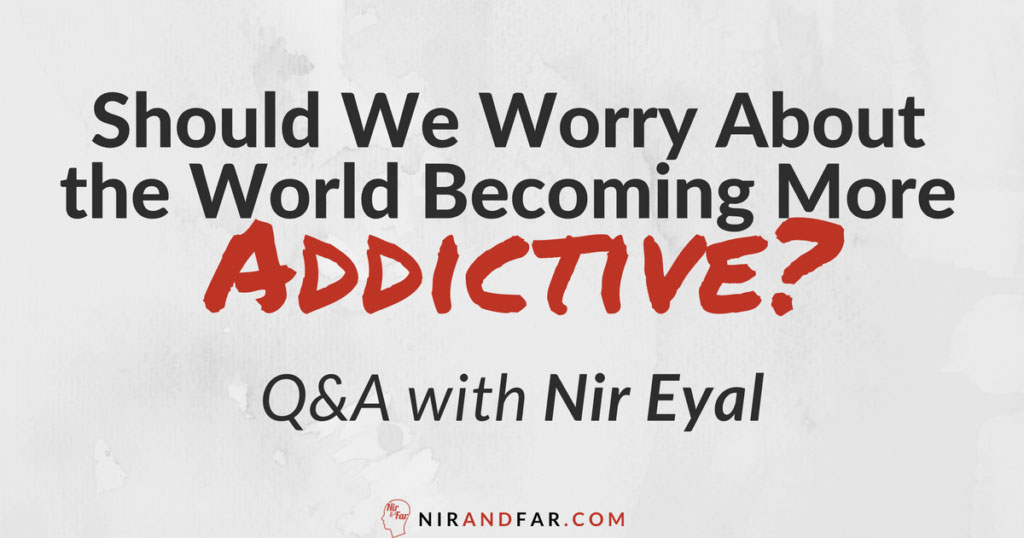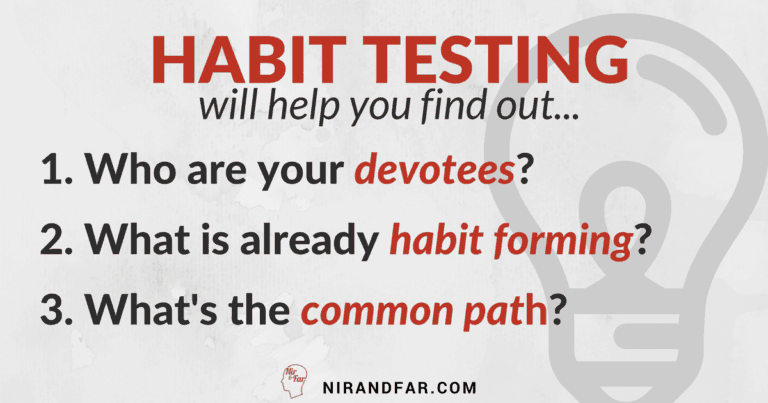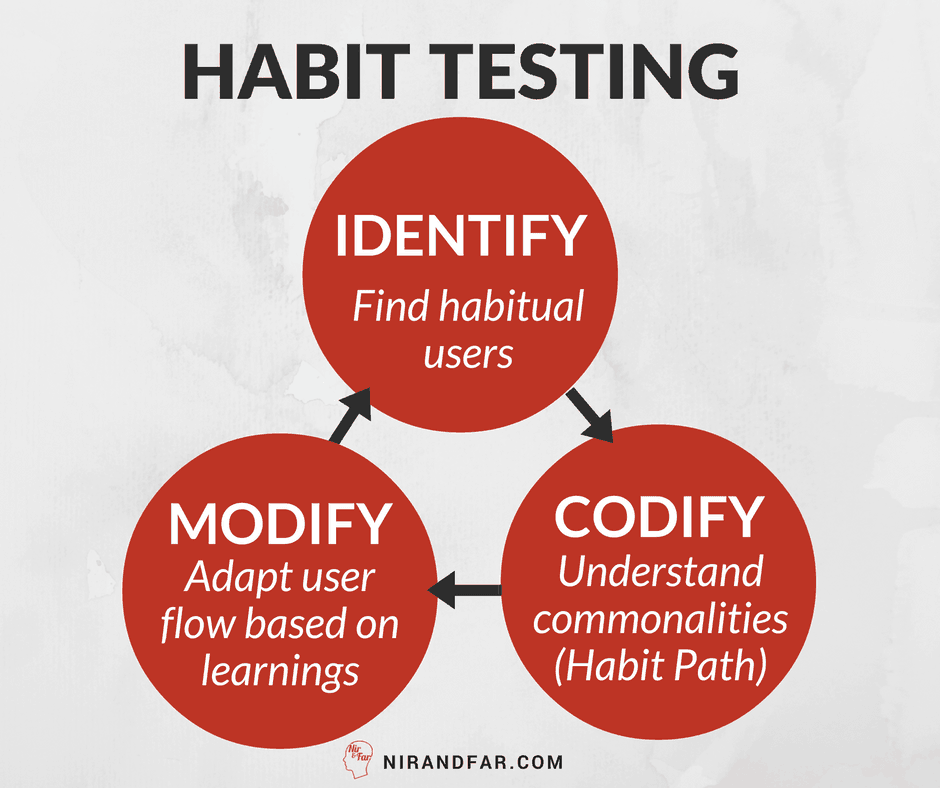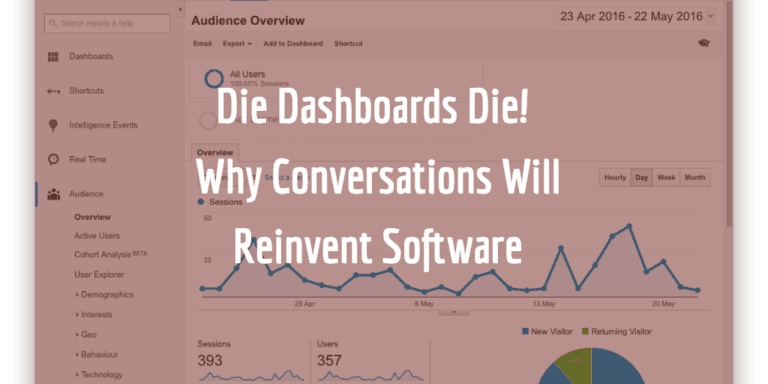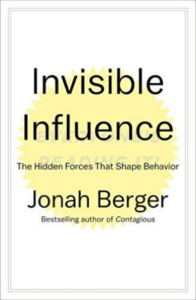
How to Build Technology that Feels Like a Friend
Recently, I needed to book a lunch meeting. To help coordinate, I asked Amy to assist and cc’d her on the email. “Amy,” I wrote, “please help us find a time to meet. Let’s plan for sushi at Tokyo Express on Spear Street.” Amy looked at my calendar, found an open time suitable for everyone invited, and booked the meeting.
Amy works just like a human assistant, except she’s not human. It’s an AI bot made by X.ai, a company specializing in scheduling assistants that respond to natural language. Amy is so good at what she does that I find myself thanking her for booking a meeting, forgetting she needs no more thanks than my microwave.
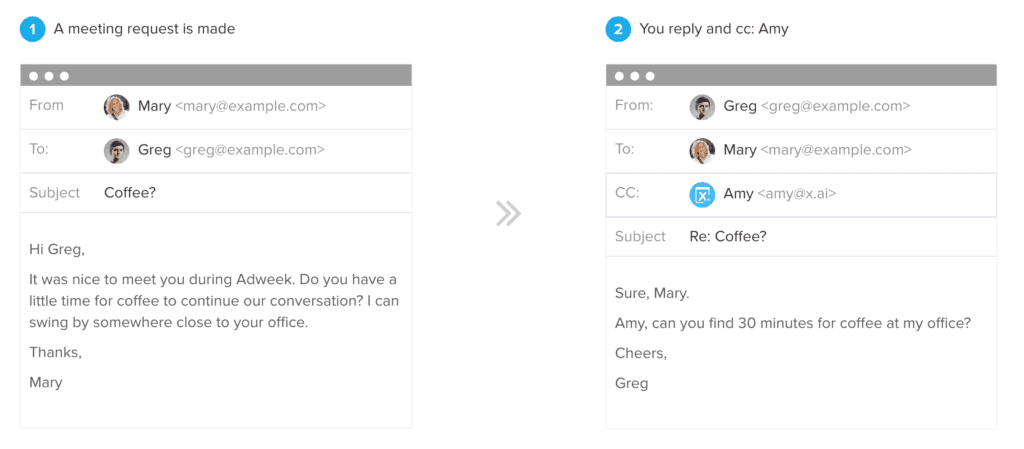
It’s easy to forget Amy, an artificial intelligence bot made by X.ai, isn’t human. Image source: x.ai
